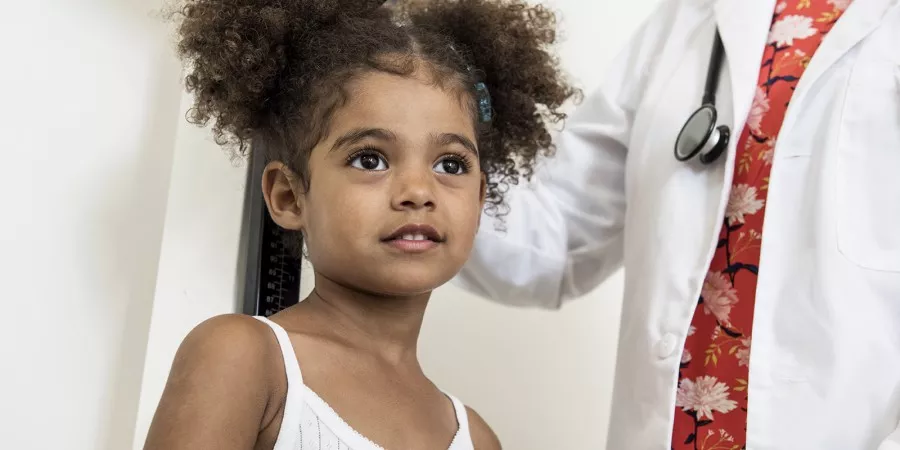
Stem cell transplant and cycling chemotherapy are two other treatment options for patients with haematologic malignancies, but they have their limitations.1,2

Stem cell transplant and cycling chemotherapy are two other treatment options for patients with haematologic malignancies, but they have their limitations.1,2
Stem cell transplant (SCT) has been a pillar in the treatment of patients with haematologic malignancies, but it is not appropriate for all patients. SCT replaces diseased cells with healthy stem cells from the patient’s own body (autologous) or from a donor (allogeneic).1
Possible side effects and long-term risks of SCT (particularly allogeneic SCT) include the following3:
These side effects often require ongoing management and further treatment after transplant.3 To view the side effects of CAR-T cell therapy, please click here.
Chronic GVHD remains the most challenging risk factor for patients with haematologic malignancies who have undergone allogeneic SCT.4 Acute or chronic GVHD occurs in 30%-70% of these patients.5 Patients whose donor is unrelated are more likely to develop GVHD than patients whose donor is a compatible sibling.1 GVHD is also associated with additional high-risk conditions.4
Chemotherapy is another treatment option that is helpful for many patients with haematologic malignancies, but relapsed or refractory patients are not likely to achieve lasting remission with this treatment. Chemotherapy is a cycling regimen that interferes with cells’ ability to grow and multiply. This treatment regimen is administered in repeating cycles over a period of weeks, months, or years. The infusion of one dose can take a number of hours.2
The most common side effects of chemotherapy include the following6:
To view the side effects of CAR-T cell therapy, please click here.
Infections are the most frequent complications of chemotherapy and the greatest cause of treatment-related mortality.8 Tolerance to chemotherapy in patients varies widely.9
Given that CAR-T cell therapy is a one-time treatment after which patients may not need another therapy, it aims to deliver long-term value to patients and society.10-12
Better value: CAR-T cell therapy has been shown to be more effective than other treatments for haematologic malignancies, providing improvements in health outcomes for approved indications.13
Comparable to transplant: CAR-T cell therapy offers a costeffectiveness comparable to standard of care treatment options like SCT.12 Aggregate allogeneic SCT costs are particularly high, as they include inpatient hospitalization for treatment administration, donor costs, management of possible long-term side effects, and potential treatmentrelated mortality.14
Societal savings: From a societal perspective, CAR-T cell therapy is expected to result in long-term cost saving by reducing overall healthcare utilisation and non-drug costs.11,15,16 Paediatric cancers have additional costs associated with caregivers that contribute to the aggregate high-cost burden of treating this patient population.12 Successful treatment with CAR-T cell therapy may allow patients and their caregivers to enter or return to the workforce and contribute to society.
To learn more broadly about the difference between cell and gene therapy and standard of care therapy, please click here.
References: